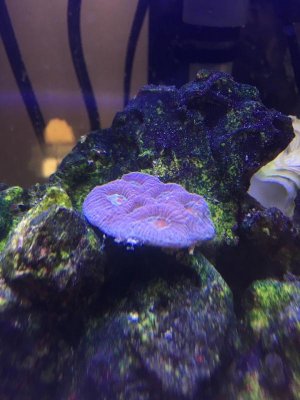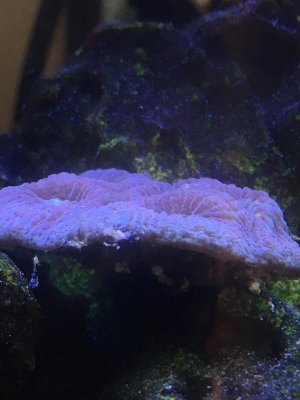MarsRover
New member
Hey All,
Looking for an ID on this one. Sort of looks like an Acan but not 100% sure. It's skeleton is a pretty thin flat plate right now... thought acans tend to grow spherically. Also doesn't seem to have the sweeper tentacles like my other acans.
Thanks
Looking for an ID on this one. Sort of looks like an Acan but not 100% sure. It's skeleton is a pretty thin flat plate right now... thought acans tend to grow spherically. Also doesn't seem to have the sweeper tentacles like my other acans.
Thanks


